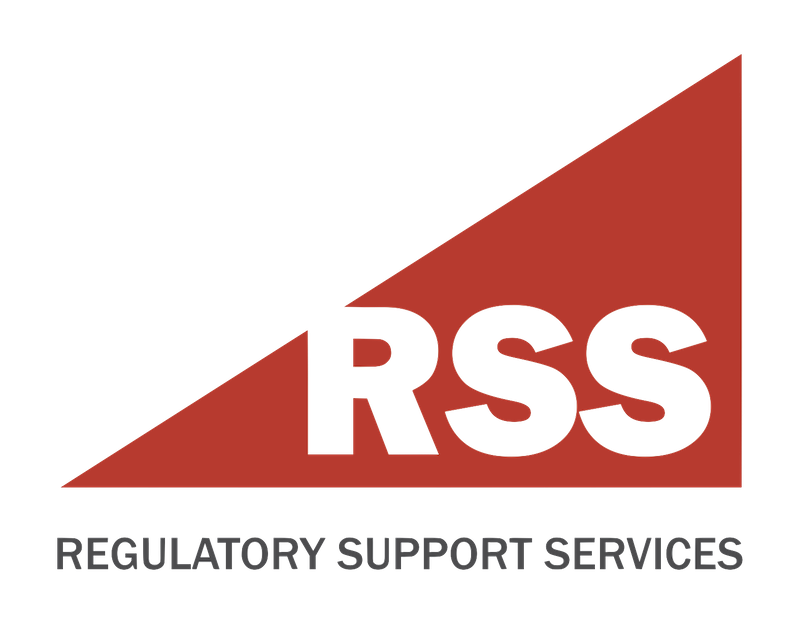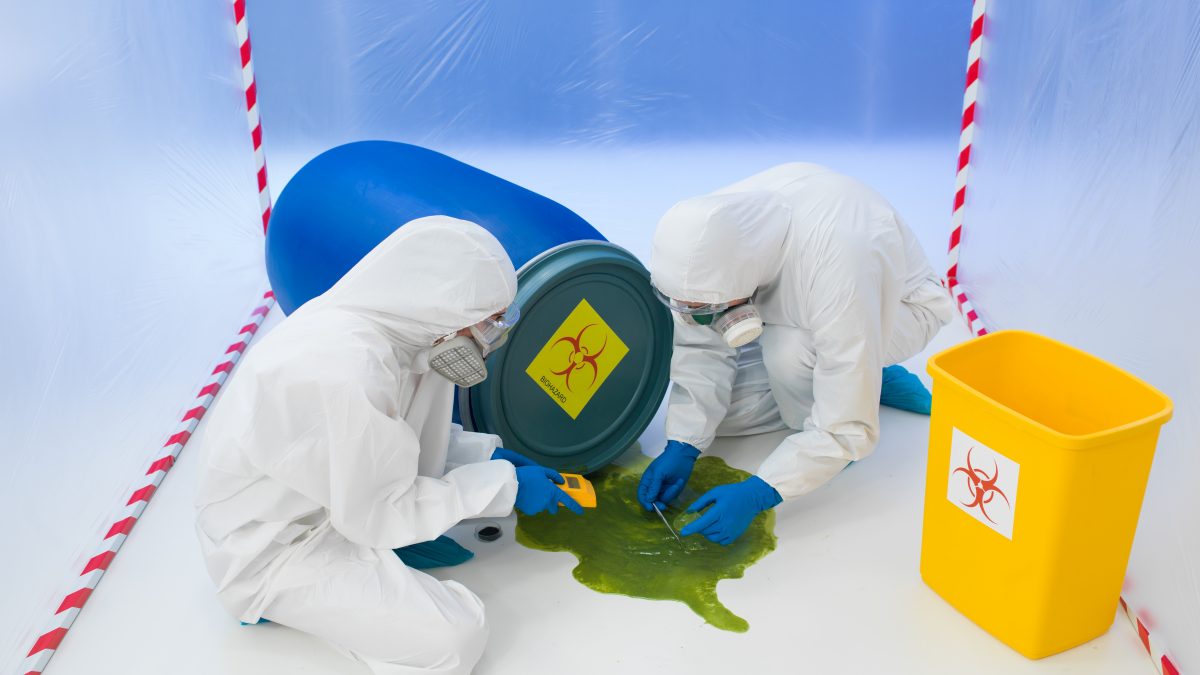- Have any questions?
- 804-784-7347
- mail@regulatorysupportservices.com
8 Steps to Implement a Hazard Communication Program

What to Do If Your Business Receives an OSHA Citation
September 20, 2021
HIPAA and COVID Vaccination – Q & A’s from the Dept. of Health and Human Services
October 6, 2021Businesses that have hazardous chemicals in their workplaces are required by the Occupational Safety and Health Administration (OSHA) to implement a hazard communication program in accordance with its Hazard Communication Standard. The program must include labels on containers of hazardous chemicals, safety data sheets (SDS) for hazardous chemicals, and training for workers. Every business which utilizes hazardous chemicals must also describe in a written program how it will meet the requirements of the Hazard Communication Standard (HCS) in each of these areas.
Regulatory Support Services has identified the following 8 steps you can take to help you on your journey to compliance with OSHA’s Hazard Communication Standard.
Learn what the standard requires of your business. You will find the existing standard at 29 CFR 1910.1200. The existing standard was first implemented in 2012. Originally, the HCS, was first finalized in 1983. The standard was updated in 2012 to align with revision 3 of the United Nations Globally Harmonized System of Classification and Labeling of Chemicals (GHS) to provide a common and coherent approach to classifying chemicals and communicating hazard information. As we will discuss later, the standard is being revisited by OSHA this year and a new rule has been proposed.
Designate an employee in your business to take primary responsibility for implementing the standard in your workplace. He or she must assure that the chemicals are properly classified, have labels and safety data sheets for your exposed workers, and train them to handle the chemicals appropriately.
Prepare and implement a written Hazard Communication Plan. Prepare a written plan to indicate how hazard communication will be addressed in your facility. Prepare a list or inventory of all hazardous chemicals in the workplace. The written program must indicate how you will address the requirements of paragraphs (f) labels and other forms of warning; (g) safety data sheets; and (h) employee information and training. The written program also requires businesses to maintain a list of the hazardous chemicals known to be present in the workplace. Regulatory Support Services provides this type of plan for its clients, which can be customized to the needs of your business.
Label all containers of hazardous chemicals. Keep labels on shipped containers. Label workplace containers where required. Chemical manufacturers and importers are required to provide labels on shipped containers with the following information: product identifier, signal word, pictograms, hazard statements, precautionary statements, and the name, address, and phone number of the responsible party. Occasionally, additional information may also appear. You may use the same label from the supplier, or you may label workplace containers with alternatives, such as third-party systems (e.g., National Fire Protection Association (NFPA) or Hazardous Materials Identification System (HMIS)) in addition to the other required information. Any container of hazardous chemicals in the workplace must include the product identifier and general information concerning the hazards of the chemical. Importantly, your workers must have access to the complete hazard information.
Maintain Safety Data Sheets (SDS) for each hazardous chemical in the workplace and assure that the safety data sheets are readily accessible to employees. Safety data sheets are the source of detailed information on a particular hazardous chemical. The business must maintain copies of the SDS for each hazardous chemical present in the workplace. If you do not receive an SDS from your supplier automatically, you must request one. If the safety data sheets are supplied electronically, there must be an adequate back-up system in place in the event of a power outage, equipment failure, or other emergency involving the primary electronic system. You must also ensure that staff are trained on how to use the system to access SDSs and are able to obtain hard copies of the SDSs. In the event of a medical emergency, hard copy SDSs must be made immediately available to medical personnel.
Inform and train employees. Train your employees about the use of the hazardous chemicals in their work area before they begin any work with these chemicals. Also, remember that when new hazards are introduced, you must provide additional training related to the new hazardous chemical. Include in their training the requirements of the standard, hazards of chemicals, appropriate protective measures, and where and how to obtain additional information. All training must be conducted in a manner and language that employees can understand. Your staff must fully understand they are exposed to hazardous chemicals. They must know that labels and safety data sheets can provide them with information on the hazards of a chemical, and these items should be consulted when needed. They must also be aware of the protective measures available in the workplace, how to use or implement these measures, and who to contact if an issue arises.
Consistently evaluate and reassess your program. Review your hazard communication program periodically to make sure that it is still working and meeting the objectives. One of the advantages of working with Regulatory Support Services is that we provide annual reminders about this evaluation process and guide your business on how to stay in compliance should the standards change. Although the Hazard Communication Standard does not require you to evaluate and reassess your hazard communication program, it must remain current and relevant for you and your employees.
Contact Regulatory Support Services to assist you in maintaining your Hazard Communication Program. We will streamline the process of implementing an effective hazard communication plan. For more information contact us.
As earlier noted, the HCS is currently undergoing some changes pursuant to the new proposed rule . OSHA is proposing to modify the HCS to maintain conformity with the United Nations Globally Harmonized System of Classification and Labeling of Chemicals (revision 7), align certain provisions with Canada and other U.S. agencies. This includes some major changes to the standard as follows:
Hazard classification: Provides for specific criteria for classification of health and physical hazards, as well as classification of mixtures.
Labels: Chemical manufacturers and importers will be required to provide a label that includes a harmonized signal word, pictogram, and hazard statement for each hazard class and category. Precautionary statements must also be provided.
Safety Data Sheets: Will have a specified 16-section format.
The comments window of the new proposed rule closed on May 19, 2021. There was an informal hearing on the proposed rule on September 21-23, 2021. We will keep you updated. OSHA has provided a publication entitled Hazard Communication: Small Entity Compliance Guide for Employers That Use Hazardous Chemicals. It is anticipated that this guide, originally published in 2014, will be updated when and if the proposed rule is adopted.




